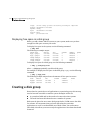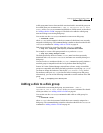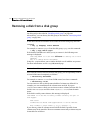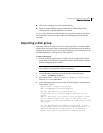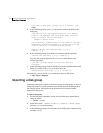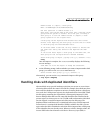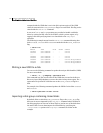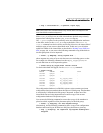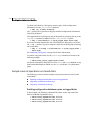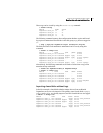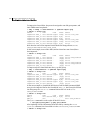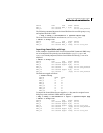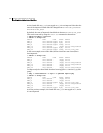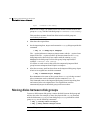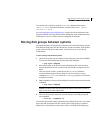
178 Creating and administering disk groups
Handling disks with duplicated identifiers
To check which disks in a disk group contain copies of this configuration
information, use the
vxdg listmeta command:
# vxdg [-q] listmeta diskgroup
The -q option can be specified to suppress detailed configuration information
from being displayed.
The tagged disks in the disk group may be imported by specifying the tag to the
vxdg import command in addition to the -o useclonedev=on option:
# vxdg -o useclonedev=on -o tag=my_tagged_disks import mydg
If you have already imported the non-cloned disks in a disk group, you can use
the
-n and -t option to specify a temporary name for the disk group containing
the cloned disks:
# vxdg -t -n clonedg -o useclonedev=on -o tag=my_tagged_disks \
import mydg
See “Renaming a disk group” on page 183 for more information.
To remove a tag from a disk, use the
vxdisk rmtag command, as shown in the
following example:
# vxdisk rmtag tag=my_tagged_disks c2t67d0
For further information about the use of the vxdisk and vxdg commands to tag
disks, and handle duplicate UDIDs, see the
vxdisk(1M) and vxdg(1M) manual
pages.
Sample cases of operations on cloned disks
The following sections contain examples of operations that can be used with
cloned disks:
■ Enabling configuration database copies on tagged disks
■ Importing cloned disks without tags
■ Importing cloned disks with tags
Enabling configuration database copies on tagged disks
In this example, the following commands have been used to tag some of the
disks in an Hitachi TagmaStore array:
# vxdisk settag TagmaStore-USP0_28 t1=v1
# vxdisk settag TagmaStore-USP0_28 t2=v2
# vxdisk settag TagmaStore-USP0_24 t2=v2
# vxdisk settag TagmaStore-USP0_25 t1=v1



